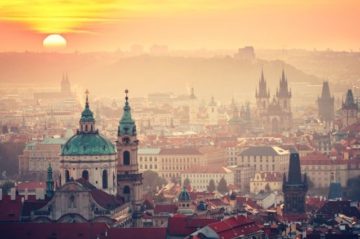 Bidooh, a UK-based real-time, real-audience, digital billboard advertising platform, has won contracts from two partners based in the Czech Republic and Romania to operate its blockchain-based facial analysis billboard platform on live advertising screens across Eastern Europe.
Bidooh, a UK-based real-time, real-audience, digital billboard advertising platform, has won contracts from two partners based in the Czech Republic and Romania to operate its blockchain-based facial analysis billboard platform on live advertising screens across Eastern Europe.
The two contracts combined cover an initial allocation of approximately 300 screens and target a roll-out of 3,000 screens over a three-year period.
27 screens are currently live in Bosnia and Herzegovina under the contract with the Czech partner, generating over one million direct interactions in the last 30 days.
The contracts have been awarded following the success of the UK Test Network, it claims, currently operating on 16 screens across four different locations in the UK: Manchester Deansgate, Oldham, Rochdale and Nottingham. To date, over 500 advertisers have signed up and used the platform since the first site went live in November 2017.
Bidooh is forming a decentralised digital billboard network which offers publishers immediate access to the Group’s global selection of screens. Bidooh intends to primarily grow its screen network by purchasing and deploying its screens in shopping malls and other high footfall locations. However, to rapidly extend the reach of its platform, it is also entering into licence agreements with regional partner operators around the world.




















